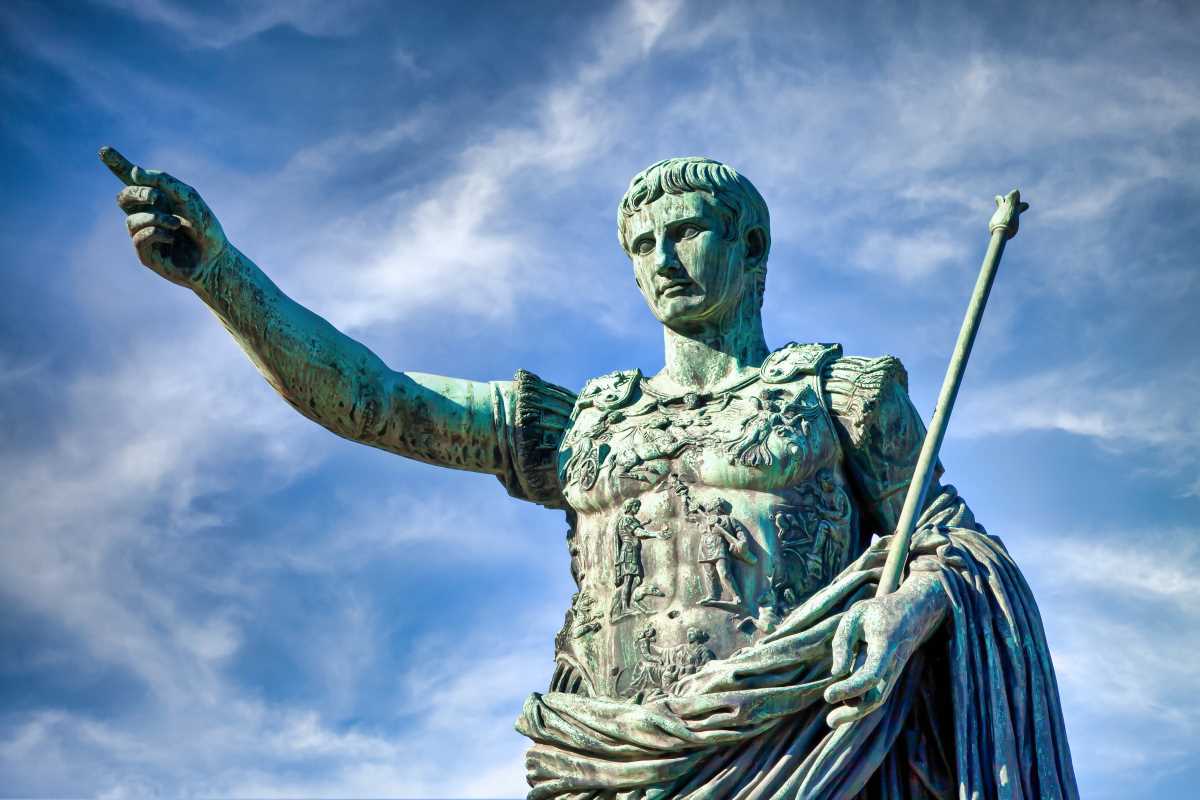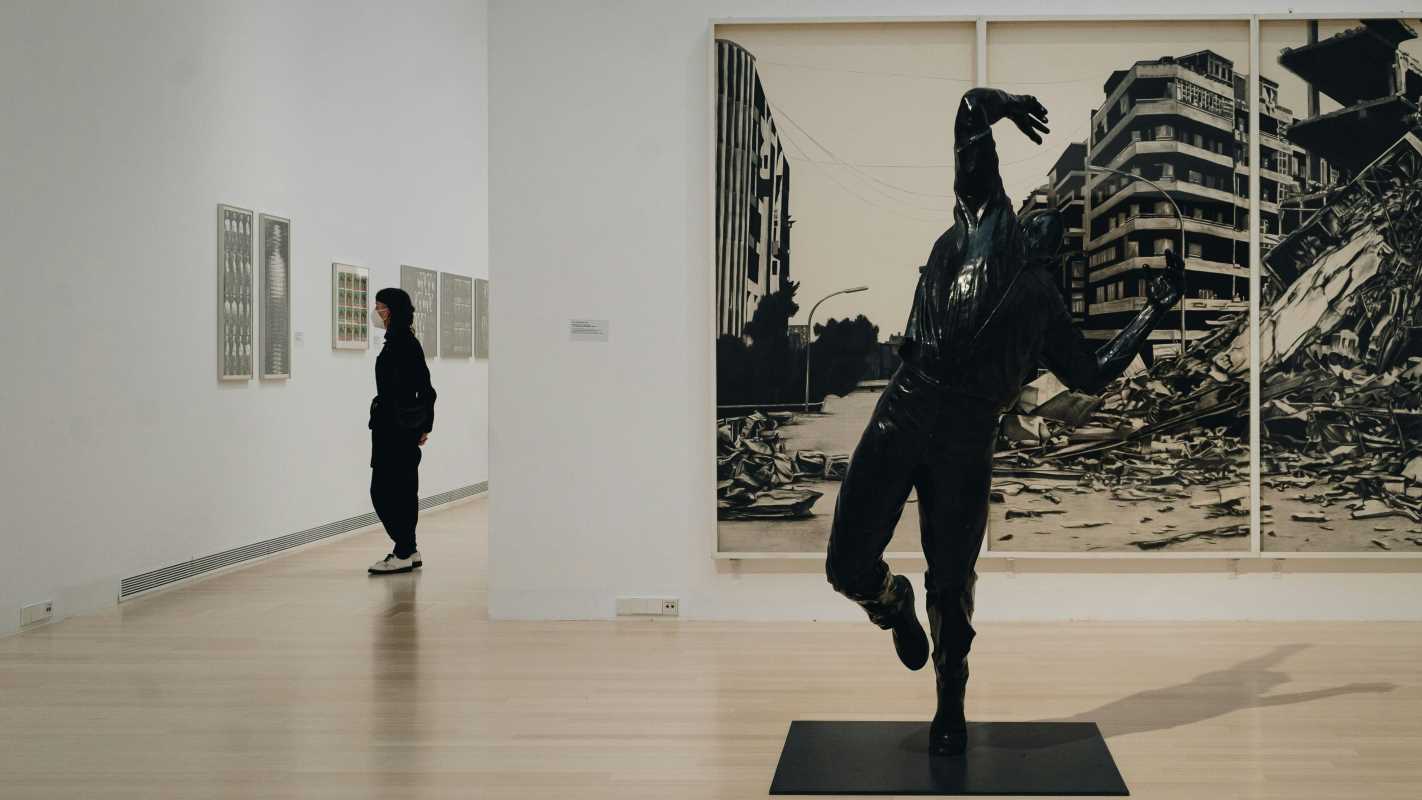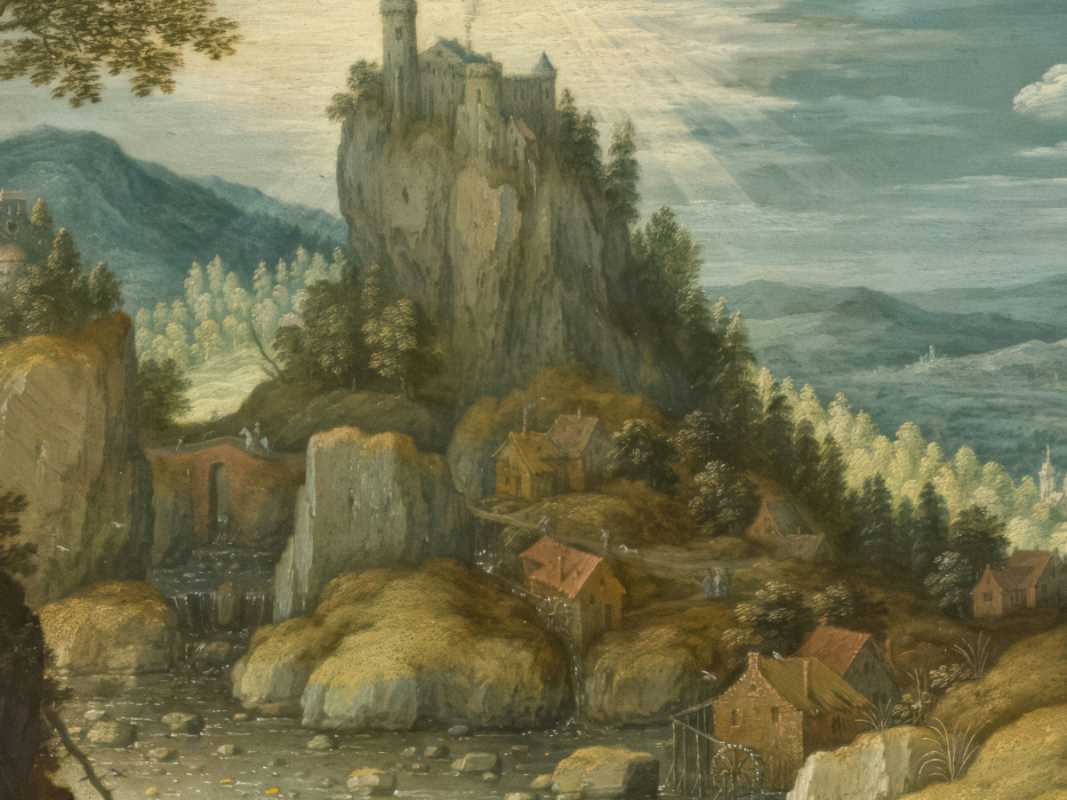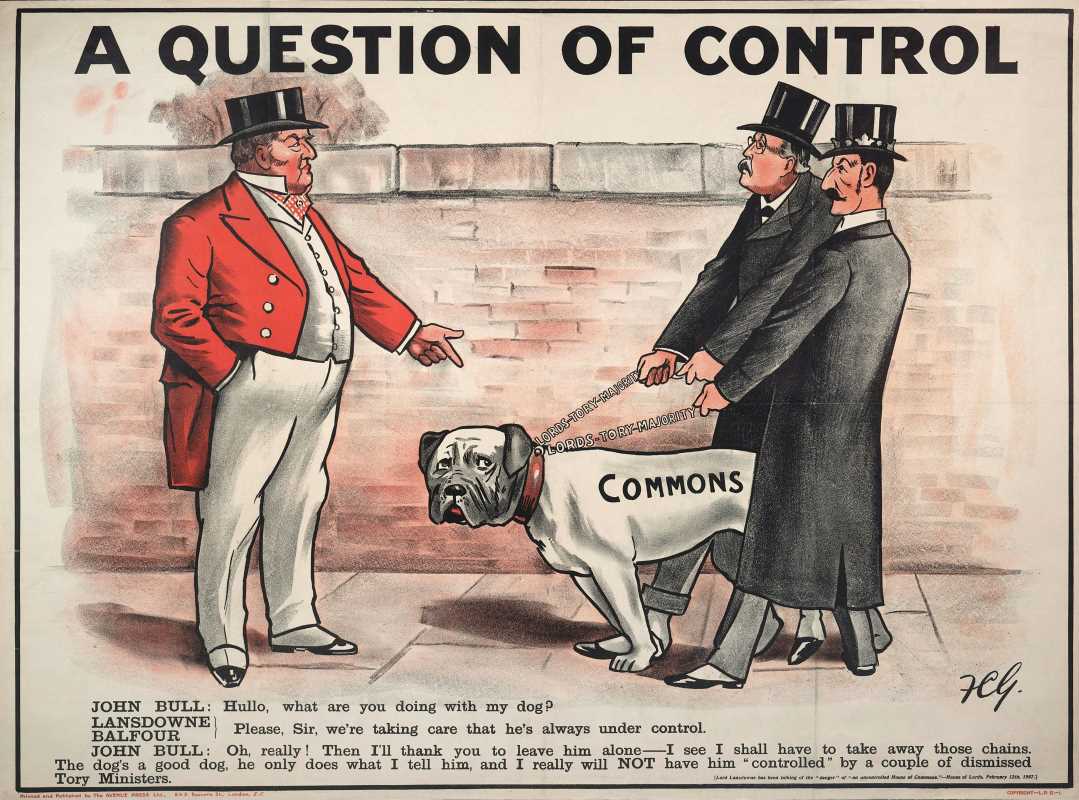Every October, Halloween enchants us with its eerie yet playful symbols. From glowing jack-o’-lanterns to black cats crossing our paths, these symbols have become as synonymous with the holiday as candy and costumes. But have you ever wondered how these iconic images came to represent Halloween?
Their roots are steeped in history, folklore, and traditions that span centuries and cultures. Let's uncover the fascinating histories behind five of Halloween's most iconic symbols.
Jack-O'-Lanterns
Jack-o’-lanterns are perhaps the most instantly recognizable symbol of Halloween, and their history is just as vivid as the glowing pumpkins themselves. This tradition finds its origins in Irish folklore with the story of Stingy Jack, a blacksmith who tricked the devil and was doomed to wander the Earth for eternity. According to legend, Jack carried a carved-out turnip with a burning coal inside to light his way, giving rise to the "jack-o’-lantern."
When Irish immigrants brought the practice to America, they discovered that pumpkins, native to the continent, were larger and easier to carve than turnips. Over time, the humble gourd replaced the turnip, and the practice evolved into a fun, creative activity where people carve all sorts of designs into pumpkins.
Today, jack-o’-lanterns illuminate porches, windows, and doorsteps, warding off evil spirits while adding a touch of seasonal spookiness. Whether menacing or whimsical, their glowing faces remain an enduring feature of Halloween celebrations worldwide.
Black Cats
The sleek, shadowy black cat is a classic Halloween icon, but not everyone has always regarded these furry creatures with fondness. Their association with bad luck and witchcraft harks back to the Middle Ages. During this time, black cats were believed to be companions of witches, or even witches themselves in disguise. Superstition held that they carried malevolent powers, a belief that led to their persecution, particularly in Europe.
Their ominous reputation grew during the Salem witch trials of the 17th century when black cats were often linked to so-called "witches." Crossing paths with a black cat was considered an ill omen, further cementing the cat’s fearsome reputation.
However, not all cultures saw black cats as harbingers of doom. Scots consider them symbols of prosperity, while in ancient Egypt, cats (of any color) were revered as sacred. Over time, black cats have been re-embraced as pets and pop culture icons, shedding their negative associations. Around Halloween, they remain a nod to their folkloric roots, combining just the right mix of mystical intrigue and classic charm.
Witches
Few symbols are as intertwined with Halloween as the image of the witch. From the pointy hat to the stirring cauldron, the visual of a witch conjures both mystery and fear. The origins of witches as symbols of Halloween can be traced back to ancient traditions and medieval fear of magic.
During the Middle Ages, women who displayed knowledge of herbal remedies or practiced forms of healing were frequently ostracized and vilified as witches. Their "unnatural" powers were viewed as threats, and witch trials led to the persecution of countless individuals, often women. European folklore was rife with tales of witches flying on broomsticks and holding secretive gatherings, which added to their infamy.
Fast forward to modern times, witches are no longer just cautionary figures from dark tales. They've transformed into symbols of female empowerment, independence, and even rebellion. While Halloween still loves a wicked witch costume, there's also room for glamorized, humorous, and even heroic interpretations of this iconic figure. Their ancient association with magic and mystery ensures they'll always be at the heart of spooky season.
Ghosts
Floating specters and eerie apparitions have haunted human imagination for centuries, earning them a permanent spot in Halloween lore. Ghosts have long been a part of the supernatural stories shared across cultures, often embodying the idea of life after death or the unfulfilled journeys of restless spirits.
The connection between ghosts and Halloween can be traced to the ancient Celtic festival of Samhain, where it was believed that the spirits of the dead could cross over into the world of the living. These beliefs evolved through the Christian tradition of All Hallows' Eve and later became the foundation of Halloween as we know it. Ghost stories were passed down across generations, capturing people's unease with what lies beyond the veil of mortality.
Today, ghosts on Halloween are less about invoking fear and more about having fun with the supernatural theme. Paper cutouts, billowy costumes, and glowing yard decorations all celebrate these spectral entities. Ghosts remind us of the thrill of a good scare and the age-old allure of the unknown.
Bats
With their silent flapping wings and nocturnal habits, bats are natural candidates for Halloween’s eerie aesthetic. Their spooky symbolism originates partially from their association with darkness, but also from their actual biology. Bats are often found in caves and ruins, environments linked to mystery and death in folklore. However, much of their Halloween prestige comes from their connection to one infamous figure in pop culture history, Dracula.
The notion of bats transforming into vampires became popular thanks to Bram Stoker's Dracula, published in 1897. Some species, like the vampire bat of Central and South America, feed on blood, which fueled the connection between bats and the blood-sucking undead in literature and film.
Interestingly, bats are more than just Halloween icons. They are vital to numerous ecosystems, playing critical roles in pollination and pest control. Yet, their dark, flittering silhouettes against the moonlit sky have become a visual shorthand for all things creepy. On Halloween, bats bring an air of mystery and mischief to the festive scene.
Hauntingly Timeless Symbols
These classic Halloween symbols continue to captivate us year after year, blending folklore, history, and pop culture into a bewitching mix. Jack-o’-lanterns glow with ancient tales, black cats prowl with a touch of mystery, witches cast their spell over our imaginations, ghosts haunt our fascination with the unknown, and bats remind us of the thrilling darkness of the night. Each symbol carries its unique history and charm, making Halloween a celebration that is as steeped in story as it is in fun.
Next time you carve a pumpkin or spot a black cat, take a moment to reflect on the rich tapestry of lore behind these timeless icons. Halloween, after all, is not just a holiday of costumes and candy but a celebration of the tales and traditions that continue to enchant us all.
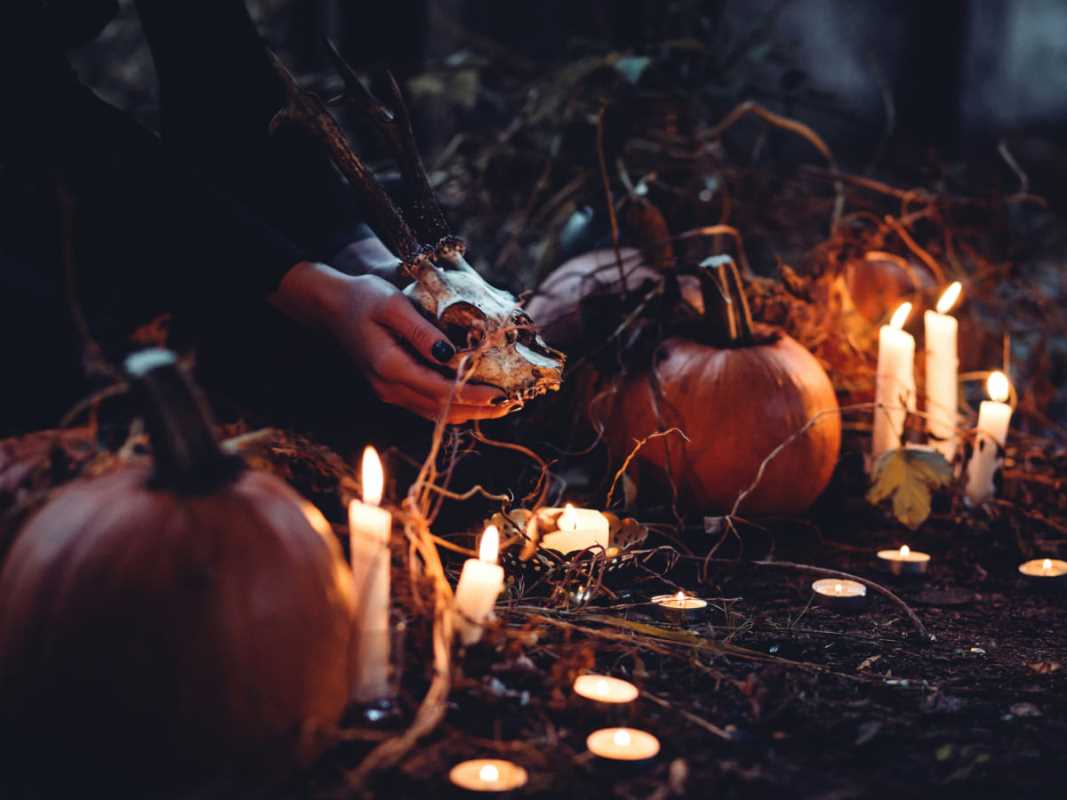
.jpg)
